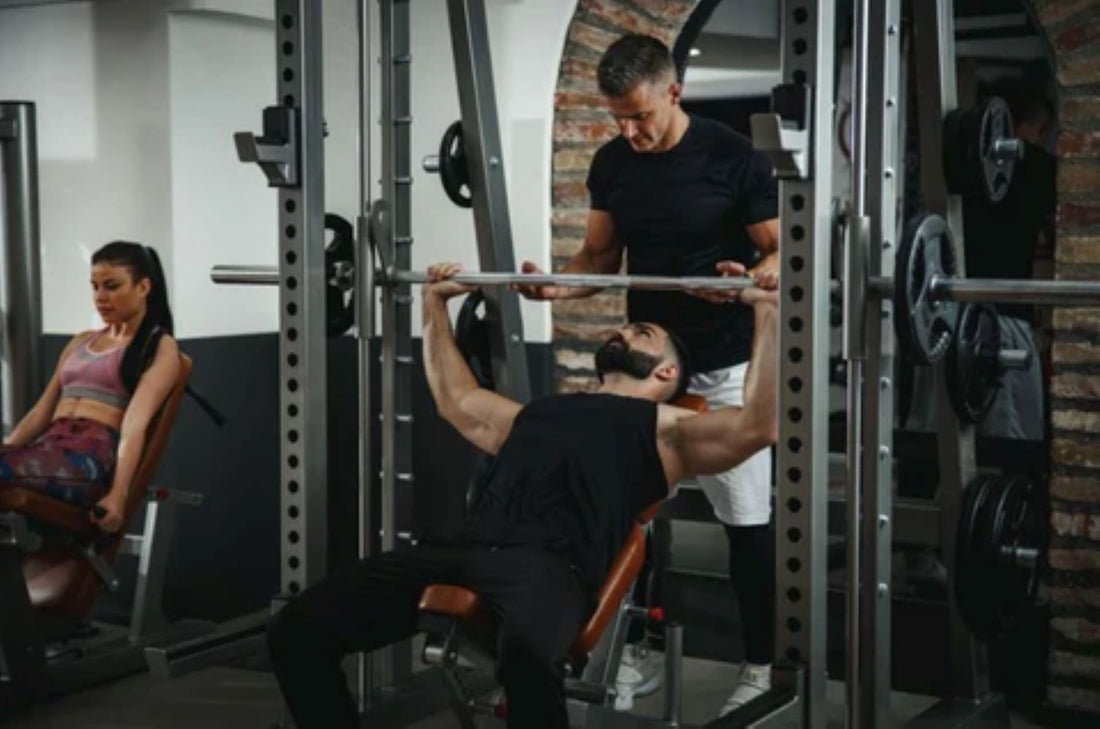
The incline bench press is a staple exercise in many strength training and bodybuilding routines, but there's often confusion about what is the best angle for incline bench press. If you’re aiming to maximize gains while avoiding injury, understanding the intricacies of this exercise is crucial. In this comprehensive guide, we’ll delve into the optimal angles, the muscle groups engaged, and the benefits of the incline bench press.
Understanding the Incline Bench Press
The incline bench press primarily targets the upper part of the pectoral muscles, specifically the clavicular head of the pectoralis major. It also engages the shoulders and triceps, making it a compound movement that boosts overall upper body strength. But what role does the angle play in its effectiveness?
The Optimal Angle: A Debate
There’s considerable debate about the optimal angle for the incline bench press. Typically, bench angles can range from 15 to 45 degrees, each offering distinct advantages and challenges. Finding the right angle depends on your fitness goals, physical condition, and muscle activation needs.
15-Degree Angle
A 15-degree incline minimizes shoulder strain while emphasizing the upper chest. This mild incline is ideal for beginners or those with shoulder issues. The reduced angle decreases the risk of rotator cuff injuries.
30-Degree Angle
The 30-degree incline is often considered the sweet spot for balancing upper chest and shoulder engagement. It provides substantial muscle activation without compromising form or increasing strain. Most lifters find this angle effective for overall chest development.
45-Degree Angle
A 45-degree incline shifts focus more towards the shoulders and can strain the deltoids and rotator cuffs. However, it still effectively works the upper chest. This angle can be challenge for those with shoulder issues but beneficial for those looking to focus on their deltoid muscles.
Choosing the Best Angle for Your Incline Bench Press
Selecting the ideal incline angle should be tailored to your individual needs. Here are some key factors to consider:
Experience Level
For beginners, starting with a 15-degree incline can help master proper form while gradually increasing the angle as you gain strength and confidence.
Specific Goals
If your goal is to maximize upper chest growth, a 30-degree angle is generally recommended. For targeting shoulders more intensely, a 45-degree angle may be suitable.
Injury Prevention
To minimize risk of shoulder injuries, avoiding excessively steep inclines like 45 degrees if you have pre-existing shoulder issues is advisable. Opt for a more conservative 15-30 degree range.
The Role of Equipment
An adjustable bench press allows for flexibility in changing angles, catering to different exercises and muscle engagement. Modern gyms often have these versatile benches for a tailored workout experience. Let’s have a look at a smith machine that often comes with adjustable benches:
The inclusion of incline angles in your routine can target different parts of the chest and shoulder muscles, preventing plateaus and enhancing muscle development.

Benefits of Incline Bench Press
Understanding the benefits can help in making a more informed decision about the angle you choose:
Upper Chest Development
An incline bench press is specifically designed to target the upper part of the chest, a typically underdeveloped area in many lifters.
Improved Shoulder Strength
The angle of the bench allows for greater shoulder muscle activation, leading to improved shoulder strength and stability.
Higher Muscle Activation
Incline bench presses often recruit more muscle fibers from the pectorals, shoulders, and triceps. This increased activation is beneficial for hypertrophy and strength gains.
Diverse Workouts
Incorporating different bench angles into your routine adds variety and prevents workout monotony, which is crucial for consistent gains and motivation.
Common Mistakes
It’s essential to avoid common mistakes while performing the incline bench press to not only maximize gains but also prevent injuries:
Incorrect Angle
Using an incorrect angle, like too high or too flat, can lead to inadequate muscle activation and potential injuries.
Improper Form
Maintaining proper form—keeping feet flat on the ground, back retracted, and not overstretching—ensures effective muscle engagement and injury prevention.
Overloading Weight
Lifting more weight than you can handle compromises form and increases risk of injuries. Gradually increasing weight with proper form is crucial for safe progression.
Conclusion
The best angle for incline bench press varies, but a 30-degree angle is often the most effective for balancing upper chest and shoulder engagement. For beginners or those with shoulder issues, a 15-degree incline can be beneficial. Advanced lifters aiming for higher shoulder activation might favor a 45-degree angle. Remember, the right equipment, form, and gradual progression play pivotal roles in maximizing workout benefits and minimizing risks. Tailor the exercise to your specific goals and physical condition to achieve optimal results.





















